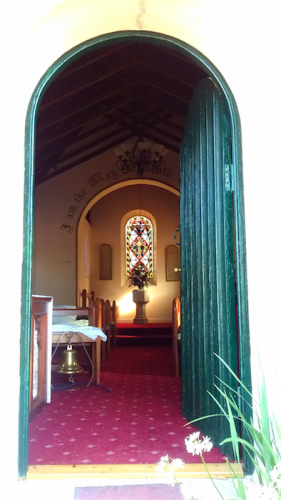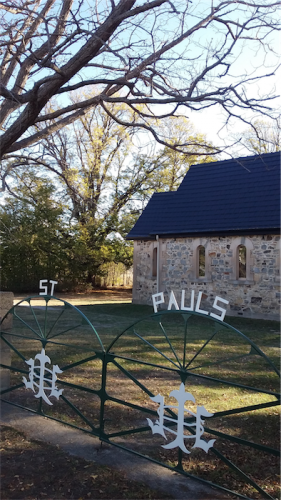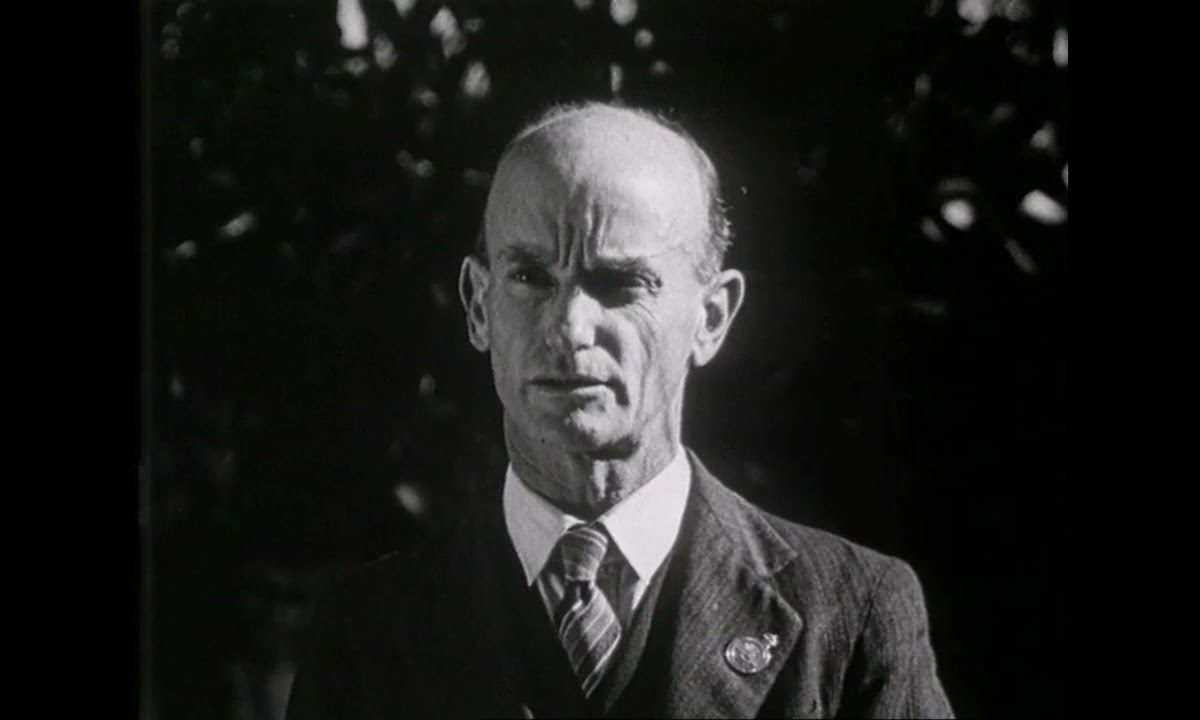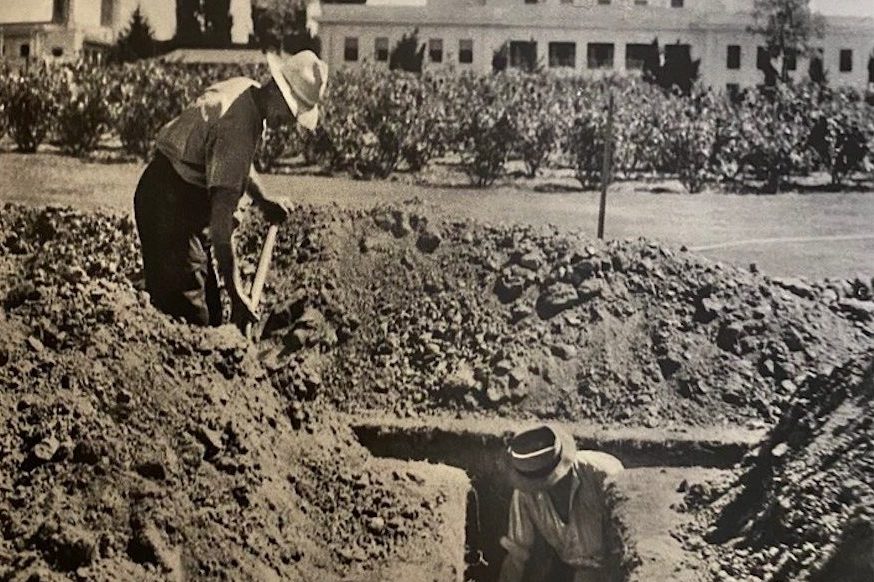IT’S charming and historic and, having just marked a most significant milestone, comes with more than its share of mysteries – and a miracle, too, it seems.

Welcome to St Paul’s Anglican Church, Burra, beyond the eastern border of Canberra.
Here it has stood in quiet service to its community for 150 years, its distinctive blue-pink granite hewn from nearby paddocks in early 1868.
Intriguingly, from its appearance at a time the remote and sparsely populated area was “the very edge of civilisation”, through wars and hardship, to coming full circle and being restored to its former simple Gothic glory, St Paul’s has, until now, never had bestowed the honour of consecration. Not that this has ever posed a problem for its congregation.
“It was just a bit of a curiosity and people occasionally wondered what might have happened, but it wasn’t a big deal,” says former church warden, David Gazard.
“In preparations for our 150th anniversary, celebrated this month, it came up again and so we thought it would be as good a time as any to make it official.”
So what, pray tell, does a consecration actually involve?
A certain set of prayers it seems, invoked by no less than a bishop. And never fear – it doesn’t mean that before such a thing occurring the baptised are unbaptised, the wedded unmarried and the deceased not really so.

To consecrate is to “set aside for sacred purposes” on a permanent basis, providing “protection against use in an unfitting way”. Therefore, a church may be dedicated, that is, designated for its intended role, but in the absence of consecration theoretically remains without “permanent” status – hence why a hall might be blessed for use as a place of public worship as an interim measure.
Or that’s what the experts say.
In the day-to-day operation of things, it doesn’t alter anything. Nonetheless, from an historic point of view, how St Paul’s went for a century-and-a-half without attaining the honorific is not nearly as simplistic as the church itself. And from initial investigations, this may be a singular example considering the lengthy period it’s done without.
When ready for the door of the “neat and extremely snug-looking little sanctuary” to be flung open to followers on a cold and squally May day, it appeared costs were not yet covered. Considered unedifying to employ in the “service of God a mortgage-burdened building”, Mesac Thomas, first Bishop of Goulburn, declared that “formal consecration could not take place until the debt was paid off” and, instead, a dedication was accordingly imparted.
Apparently its dues were settled shortly after, however still it seems there came no formal recognition.
This may also account for another peculiarity associated with this rural bastion of faith – its lack of an attached graveyard, despite the fact land had been set aside to serve such a role.
Churchyard burials are common – think of St John’s at Reid – and yet Burra is an exception (so, too, Queanbeyan and Bungendore, which were consecrated).
There are said to be at least three known grave sites in the area but even the details of these vary depending on the source. There’s a possibility there could be more except for St Paul’s next curiosity: most of its early records have disappeared.
During the World Wars and in the grip of the Depression, the church fell into disuse, its only attendees, drifters passing through. As the stories go, they’re believed to be the culprits, having burned the books for warmth and used the remainder to roll their cigarettes. The carpet was repurposed to resole their worn-out boots.

Even the church bell, formerly atop the shingled roof in a small spire, vanished, some suggesting it found its way out to Tharwa. Most likely it was removed to ensure it wasn’t misappropriated for a much-needed meal.
St Paul’s was fully returned to its community in 1951 and, even though for almost another 70 years its legal “protection” remained elusive, it appeared it was being watched over: a bushfire roared towards it in 1952 before it “miraculously parted and passed each side of the church”.
It was also far from the only place consecration was not conferred – the 1837 Convict Church of Port Arthur, although no longer in use, never achieved the status, while in 1884 “The Daily Telegraph” reported there were “about 24 churches, all of which have been licensed, in regular use, and which should properly be consecrated”.
While May 20, 2018, saw the local oversight finally remedied, 150 years of just getting on with the job without need for acknowledgement may not only be a record but one that might never be beaten.
Nichole Overall is a Queanbeyan-based author, journalist and social historian. For additional developments, controversies and historic detail, see nichole2620.wordpress.com
Who can be trusted?
In a world of spin and confusion, there’s never been a more important time to support independent journalism in Canberra.
If you trust our work online and want to enforce the power of independent voices, I invite you to make a small contribution.
Every dollar of support is invested back into our journalism to help keep citynews.com.au strong and free.
Thank you,
Ian Meikle, editor




Leave a Reply